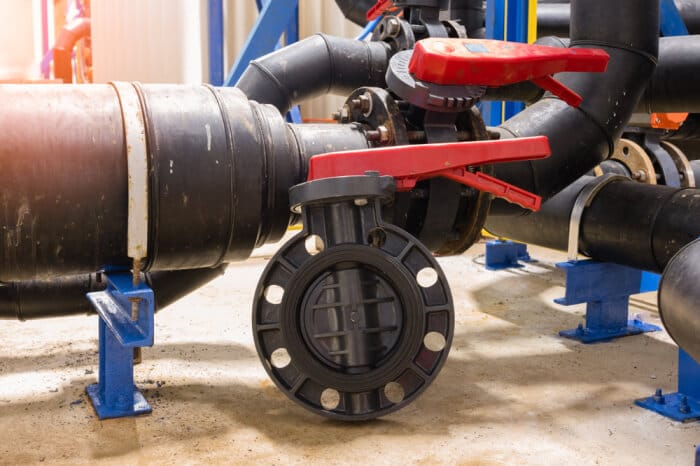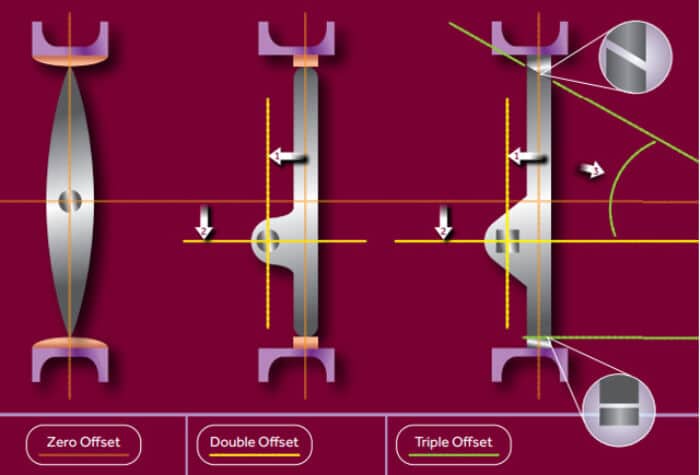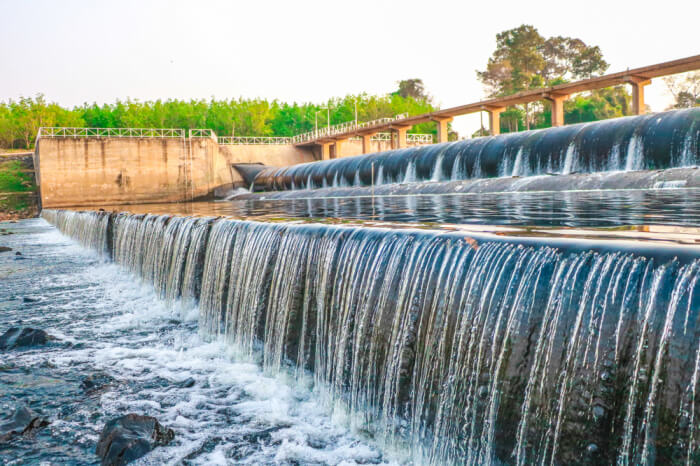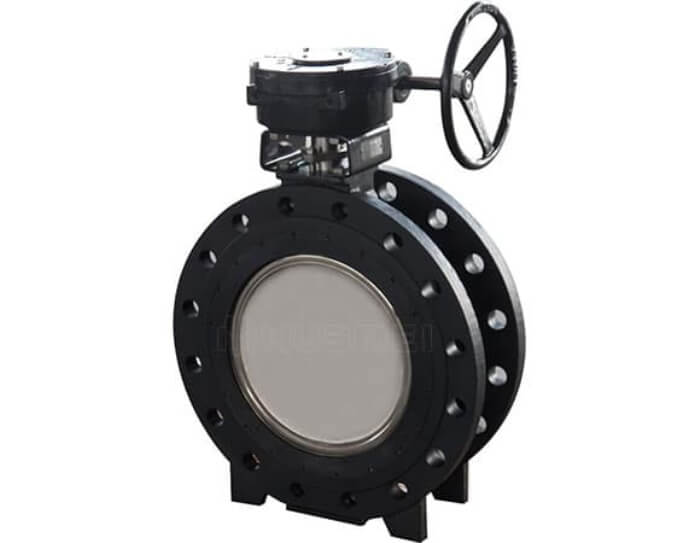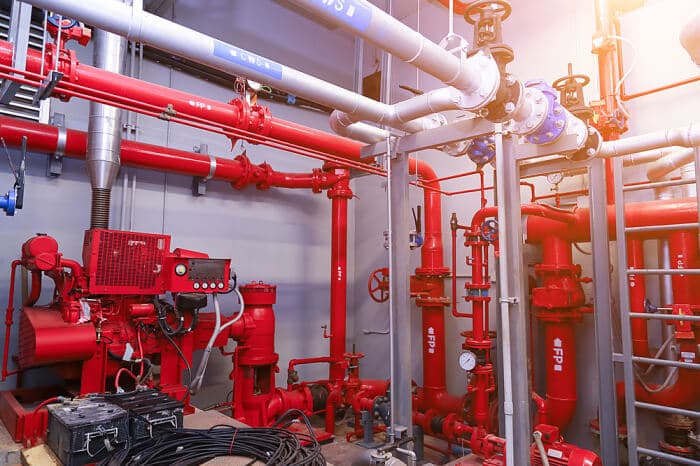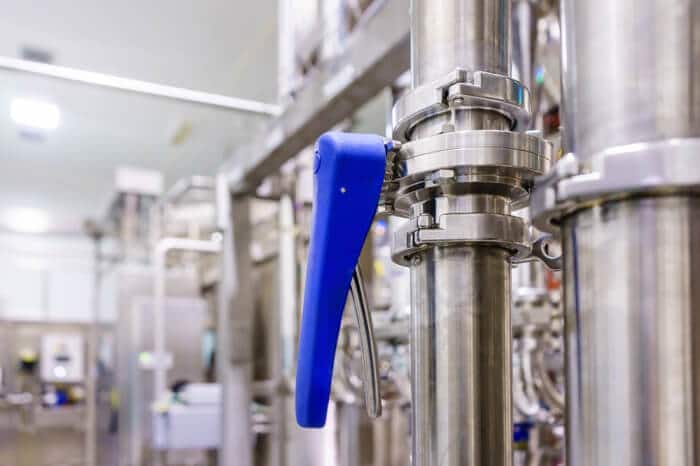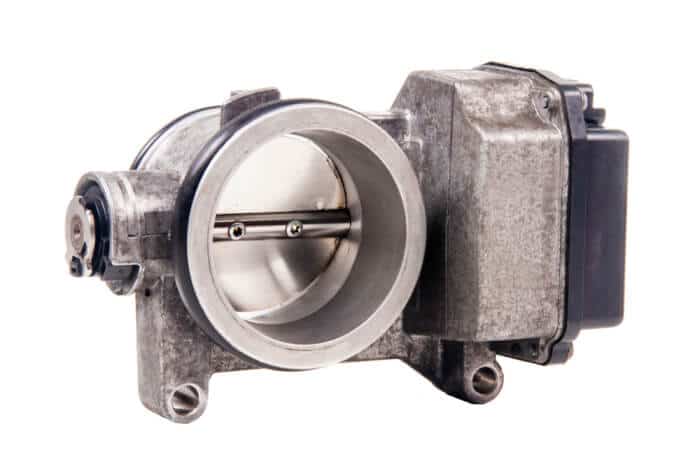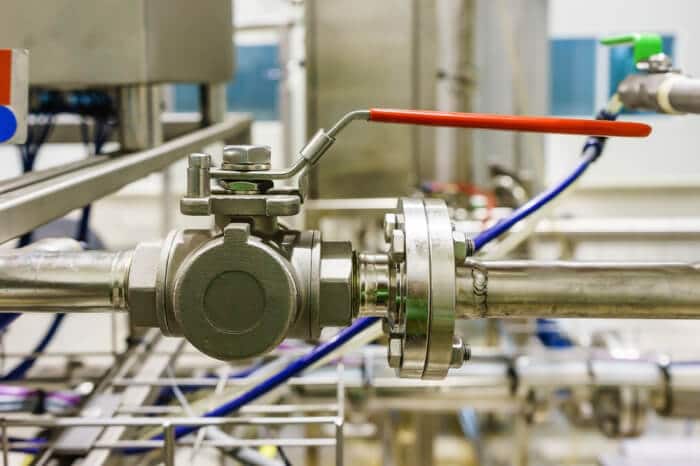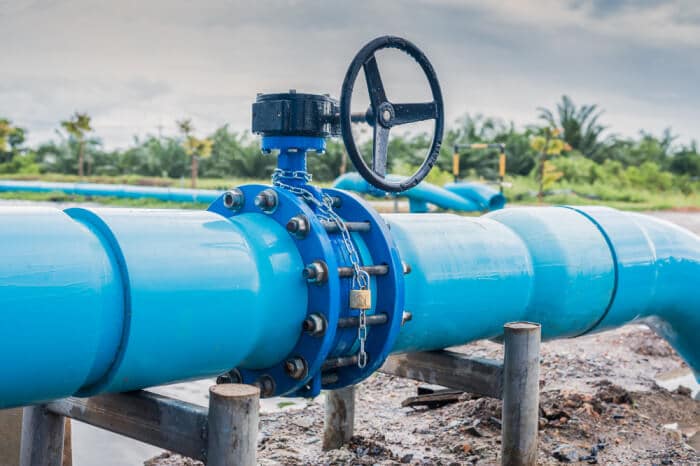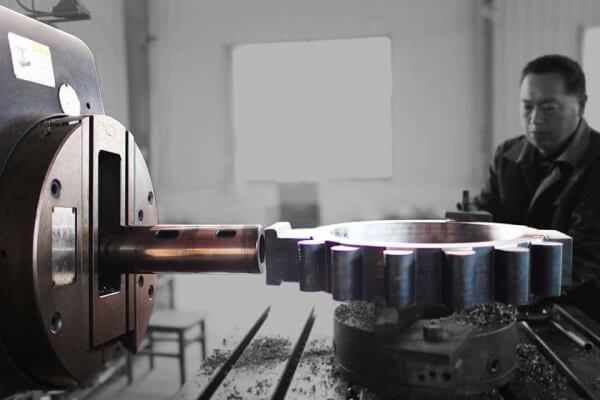Where are Butterfly Valves Used?

How Do Butterfly Valves Work?
September 12, 2019
Butterfly Valves: The Ultimate Guide
September 12, 2019If you are wondering where butterfly valves are used, we are here to help you see every nook and cranny you can find them useful.
Basically, butterfly valves are similar to ball valves in terms of operation. They are both quarter-turn valves used to stop, regulate, start and throttle flow. Generally speaking, you can use a butterfly valve for handling large volumes of fluid.
There are different types of butterfly valves and each one is designated for a specific set of applications. For example, when we talk about its offset design, you will come to understand that each offset type is meant for different pressure settings. While you can use the triple offset high-performance butterfly valve for small vacuum pressure to high-pressure applications, zero offset valves are for the lowest pressure applications.
Where butterfly valves were once used before is not the same as where they are used today.
Butterfly valves were once used in low-pressure applications that do not require tight shut-off. Flow control is also not necessary for these valves in the past. They were preferred because of their lightweight and space-saving characteristics where systems can also benefit from their low-pressure drops.
With the efforts to improve butterfly valve operation, valve designers have incorporated a number of features to extend its capabilities.
Today, there are valves with multiple offset discs and improved body material. Modern-day butterfly valves have resilient seats, double and triple disc offset and O-rings for the discs. With these valve design innovations, you can readily use butterfly valves for tight shut-off, high-pressure and temperature applications and throttling.
What’s more is the new advent of valve features can accommodate large volumes of gases and slurries. You can even choose from a wide range of valve sizes from small to large valves to suit your application needs.
What are the Major Uses of Butterfly Valves
- For on/off service or start/stop flow control – You can use any size of valve for this application. Also, this operation requires a low-pressure drop during the opening position.
- As regulating control valves – this application requires more attention on which type of valve and size to use. You should also be able to identify the medium, type of fluid, mode of operation and installation and the pressure drop. Some of these information for calculation can be determined by the valve designer or engineer.
Regulating Fluid Flow
Butterfly valves are widely used for regulating fluids. As a regulating valve, this is done through the action of the actuator that communicates with the stem and disc assembly of the valve. The degree of angular opening translates to an exact amount of fluid that goes through the valve. Thus, the flow rate of the system is controlled through the actuators.
Actuators can be manual or automatic. To control a regulating valve remotely, it must have a flow controller. This controller will automatically translate information to the valve mechanism to open or close based on the flow rate of the system.
Automatic actuators can be remotely operated through a pneumatic system, hydraulic piston or electrical motor. Manual operation can be through a handwheel attached in a gear system above the valve that connects it to the spindle.
Flow Isolation
Butterfly valves can be used for flow isolation because of their lightweight feature, easy manipulation and quarter-turn action.
However, when you use a butterfly valve as an isolation valve, you need to make sure that it would not negatively affect your system performance.
For example, in pumping systems, we desire a smooth flow of fluid towards the pump impeller. This is to avoid system losses and cavitation. In order to do this, vortex formation should be eliminated or reduced. One of the causes of vortex formation is when flow is obstructed by the valve. It may happen in butterfly valves due to the interruption of water flow from its disc.
That is why care should be taken when using this type of valve as an isolation valve. System losses should be accounted for in calculations to maintain a good system performance.
Backflow Prevention
Some food manufacturing processes require aggressive wash down procedures in which butterfly valves can be used for backflow prevention during this process. Backflow prevention is necessary as food processing plants should be clean and operate in extremely sanitary conditions.
As Throttling Valves
Butterfly valves are commonly used for regulating large fluid flows, including viscous slurries, but it should be noted that they are not a good choice for precision throttling.
However, recent developments have enabled butterfly valve manufacturers to offer valves that can throttle quite accurately.
For throttling services, you can find high-performance butterfly valves a way to go. They are manufactured with a higher industry standard and are meant for large high-pressure and high-temperature applications. Generally, this type of valve is manufactured to process large capacities and many types of medium including viscous oils and seawater.
For Constant Load Applications
Butterfly valves can handle large volumes of fluids but are sensitive to load changes in the system. This type of valve has a limited capacity in handling small load changes. Allowing a few millimeters opening can be equivalent to a large volume difference.
However, designs can be enhanced to diversify its control range, especially in larger applications where pressure is precisely regulated.
For Space-Restrictive Applications
One of the best features of butterfly valves is it is economical and space-saving. Systems with space restrictions can benefit from butterfly valves as compared with ball valves.
In space-limited facilities, it is difficult to install an effective piping system. Strainers, valves and other equipment can take up huge spaces. Thankfully, butterfly valves are the only type of shut-off valve that do not require larger spaces. You can fit it in tight spaces unlike the other types of valves which are much bulkier.
For Liquids and Gases
Butterfly valves can generally handle liquids and gases and even slurries, but not bulk solids. This is because dry bulk solids are abrasive and can erode the material (and seal) of the butterfly valve. Plus, butterfly valves are inefficient for delivering solids as its disc can create a restriction for the flow of solids.
Where can you find butterfly valves?
Lightweight butterfly valves are mostly found in water lines and potable water control services. Other light-duty valves such as PVC butterfly valves can be used for aquariums and sprinkler systems. Some general butterfly valves are also meant for fuel flow control.
For large, heavy-duty and high-pressure applications, such as in oil and gas industries, high-quality and high-performance butterfly valves are used. These high-grade valves are certified and quality tested to meet quality demands and international standards.
Below, you can see some of the industries that utilize butterfly valves for industrial processes.
- HVAC
- Vacuum services
- Aerospace sectors
- Refrigeration and Air Conditioning systems
- Irrigation and agricultural needs
- Corrosive processing
- Lubrication
- District heating, mining and shipyards
- Petroleum Industries
- Wastewater treatment
- Slurry application
- High-pressure and high-temperature water and steam services
- Compressed air applications
- Sanitary valve applications
- Sprinkler and fire protection systems
- Gas application
Conclusion
Butterfly valves are used for applications that require handling large volume capacities. It can be used for flow control and regulation and on/off service. Recent developments have permitted this type of valve to throttle more accurately and perform well in high-temperature and high-pressure applications. Although butterfly valves can be used as isolation valves, the piping system should be carefully designed to eliminate system losses.
High-performance butterfly valves are economic and easy to install with less maintenance required. They are used in a vast number of industries. If you want to know more about high-performance butterfly valves and want to improve your piping system, you may contact us for more information.

